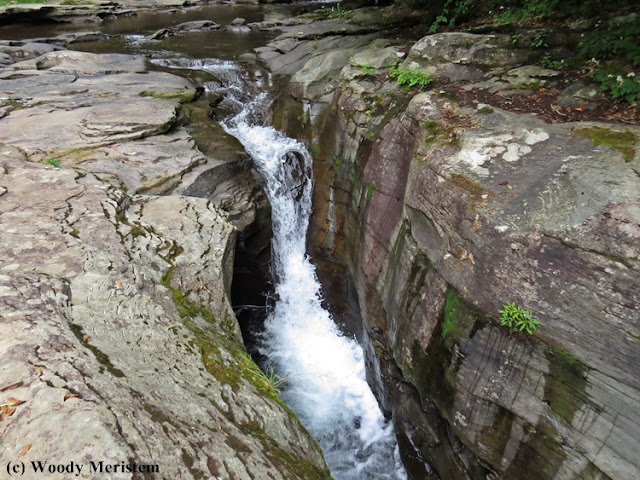One evening last September the camera trap
at what has been my favorite location took several photographs of an eastern
coyote. In one of those photos the coyote was urinating in the center of the
small opening in the forest where the camera trap is located –
During the following months deer and bear
were occasionally photographed smelling the area –
And so it went until early May when a woodchuck
was photographed at the spot. After five years this is the first
time the camera trap at this location has ever photographed a woodchuck –
A few days later a porcupine was also photographed
there –
It was in these two photographs that a small
hole was beginning to appear. The spot was really attracting mammals, including
gray squirrels and the cottontail rabbits that spent a lot of time in and around the hole -
The camera also photographed a bobcat squatting over the hole –
The camera also photographed a bobcat squatting over the hole –
The woodchuck returned frequently, as did
the porcupine, and the hole became wider and deeper –
White-tailed deer continued to stop and
smell the hole –
In July the hole attracted a black bear
that spent over five minutes there; the camera took 19 photographs before the
bear walked past the camera –
Although only the coyote and bobcat were photographed urinating at the spot, it may well be that other animals did the same. Porcupines are well known for being attracted to salty substances, including urine, as are many other animals from deer to woodchucks, so the hole may continue luring visitors and growing in size.
































